Final Parking Space: 1985 Pontiac Fiero GT
Pontiac went from being the affordable-yet-stodgy GM division to the youth-centric division with brilliant marketing and engineering under John Z. DeLorean during the 1960s, and enough of that spirit survived into the 1980s to allow for the development of a radical, mid-engined Pontiac two-seater. That car was the Fiero, and I’ve found this loaded ’85 GT in a self-service boneyard just south of Denver.
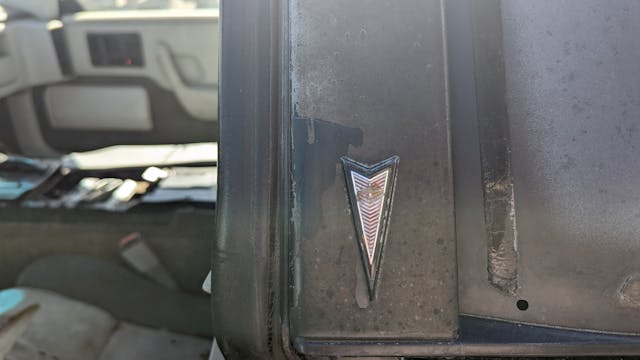
The Fiero debuted as a 1984 model, the same year as the groundbreaking C4 Corvette. I was in my senior year of high school at the time, and I don’t recall nearly as much excitement among my peers over Pontiac’s new two-seater as for the first Corvette to handle like a true sports car.
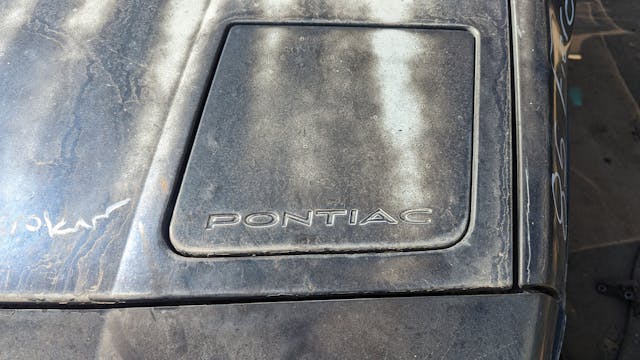
Pontiac was denied a two-seat sports car in the 1960s, though Pontiac’s XP-833 Banshee prototype went on to contribute design elements to the C3 Corvette and the Opel GT. By the late 1970s, though, times seemed right for a lightweight, mid-engined sports car from Pontiac that could help GM meet Corporate Average Fuel Economy standards.
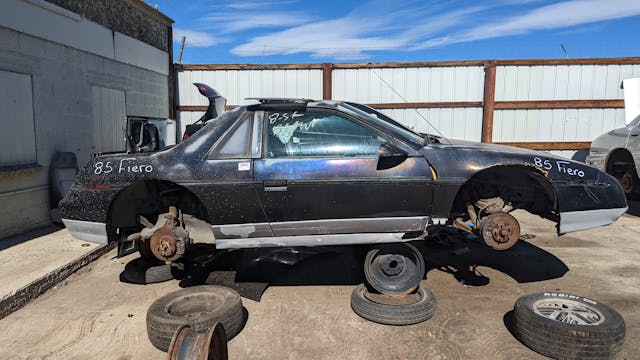
During a very lengthy and not-so-well-funded development period, the Fiero ended up being based on a unibody spaceframe onto which plastic body panels were bolted. This resulted in a very sturdy structure and a rustproof body, but the combination weighed hundreds of pounds more than the designers would have preferred.
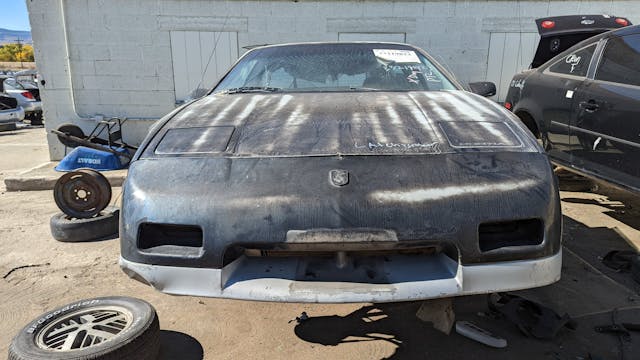
There was no way GM was going to kick loose the funds to develop a new engine just for one low-volume affordable car, and the same ended up being true for the transaxle and suspension.
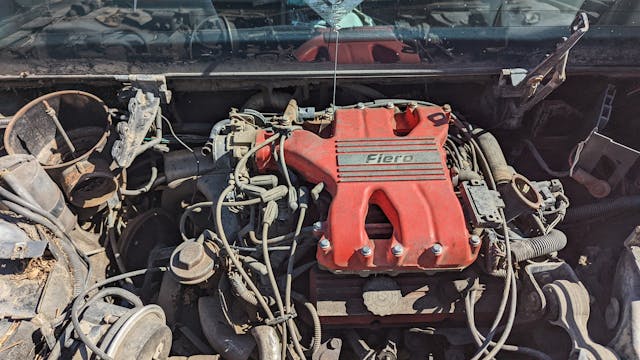
For its debut year, the only engine available in the Fiero was the 2.5-liter Iron Duke pushrod straight-four, known as the Tech IV when equipped with throttle-body fuel injection (as was the case with the Fiero). It was cheap to build—thanks to sharing much tooling with the Pontiac 301 V-8—and reliable, but it didn’t like to spin and it generated just 92 horsepower and 132 pound-feet of torque. Not exactly ideal for a sporty car, especially one that had to compete against two-seat competition that included the Honda Civic CRX, Toyota MR2, and Ford EXP/Mercury LN7.
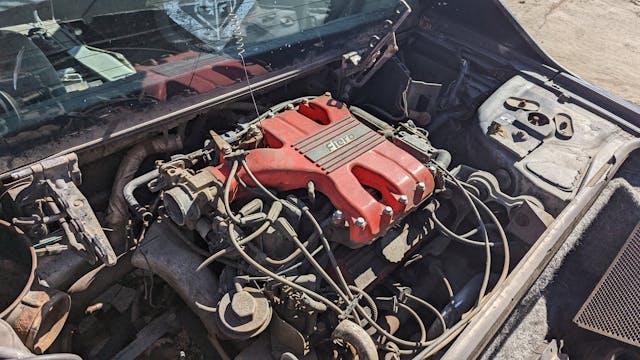
For 1985, a 2.8-liter pushrod V-6 became available in the Fiero. It was rated at 130 horsepower and 160 pound-feet, and it resulted in a respectably quick car. This is a GT (or a regular Fiero with GT parts swapped in; the build tag was scraped off), so it came with the V-6 as standard equipment.
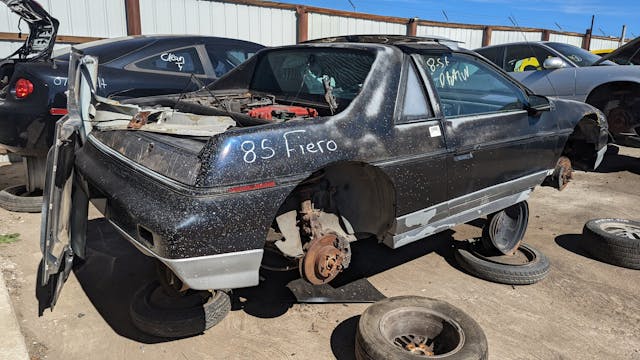
The reason that the Tech IV and 2.8 V-6 were the only two Fiero engine choices is a simple one: the transaxle and rear suspension in the Fiero were borrowed from the front of the GM X-body, best known as the platform beneath the Chevrolet Citation, and those are the engines used in the X family. The front suspension for the 1984–87 Fiero came from the Chevrolet Chevette, because it was cheap and available.
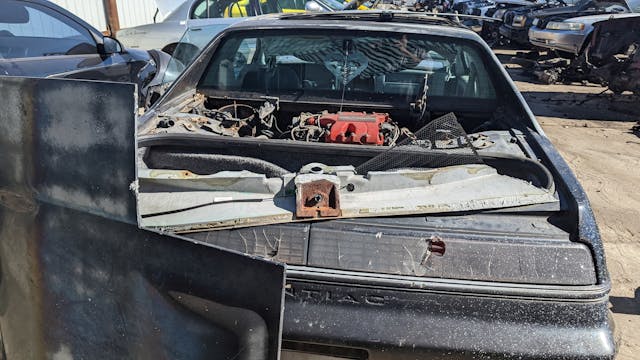
For the 1988 model year, the Fiero got a bespoke new suspension that ditched the Citation and Chevette stuff and improved the car’s handling. The change didn’t help sales much, as the American car-buying public remembered the widely publicized engine fires and recalls of the 1984 and 1985 cars. 1988 was the final year for the Fiero.
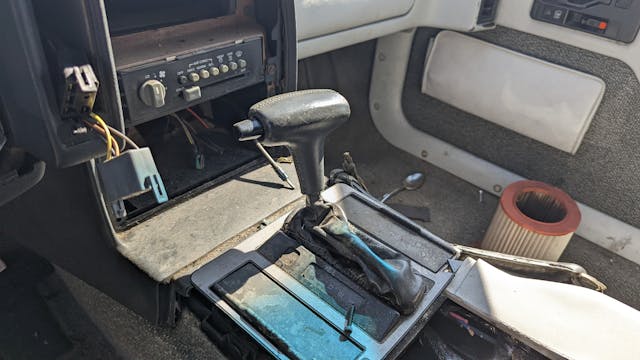
This one is loaded with expensive options, including the $475 three-speed automatic transmission ($1389 in 2024 dollars) and the $750 air conditioning ($2193 after inflation). The MSRP for the 1985 Fiero GT was $11,795, or $34,481 in today’s money; the entry-level 1985 Fiero started at $8495 ($24,834 now).
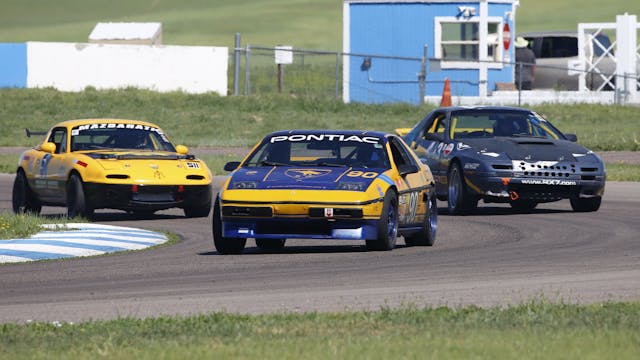
The Fiero wasn’t what you’d call a success story for GM, but the good news today is that the Fiero has long been an affordable and versatile enthusiast machine. In my role as wise and dignified Chief Justice of the 24 Hours of Lemons Supreme Court, I’ve seen plenty of Fieros on road-race courses and they can be fast if set up properly and well-driven. In fact, 1984–87 models with ordinary 2.8s get around the track just as well as the 1988s, and they’re reliable once you sort out the X-body axle/hub bugs.
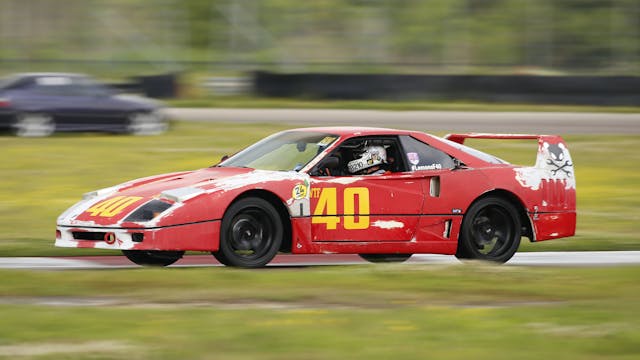
The removable plastic body panels mean that you can convert a Fiero into a “Fierrari” or a “Fieroborghini” if you so choose, and an entire universe of GM engines can be swapped in without too much difficulty.
***
Check out the Hagerty Media homepage so you don’t miss a single story, or better yet, bookmark it. To get our best stories delivered right to your inbox, subscribe to our newsletters.


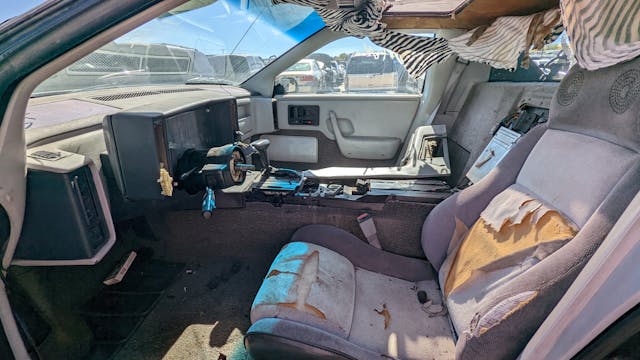
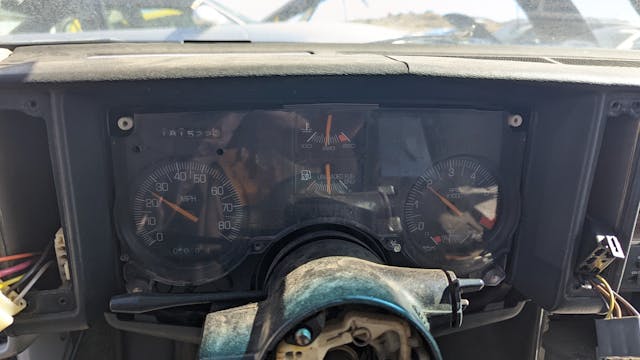

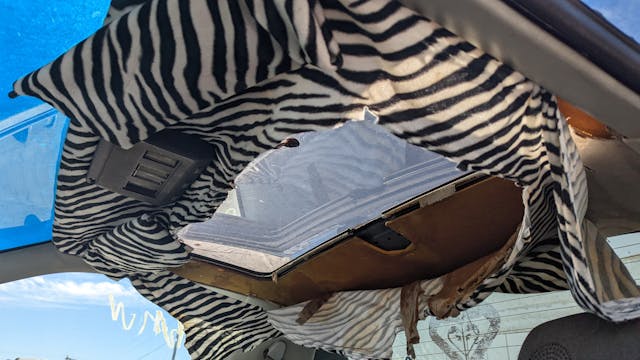
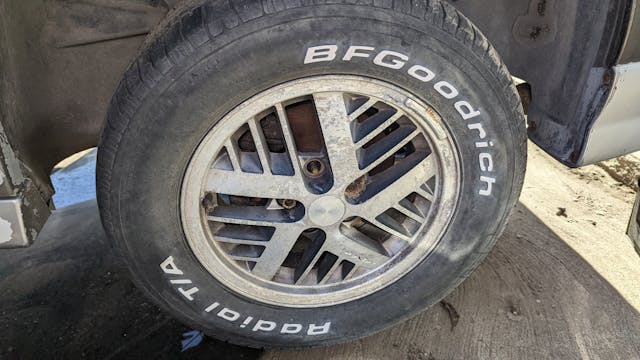
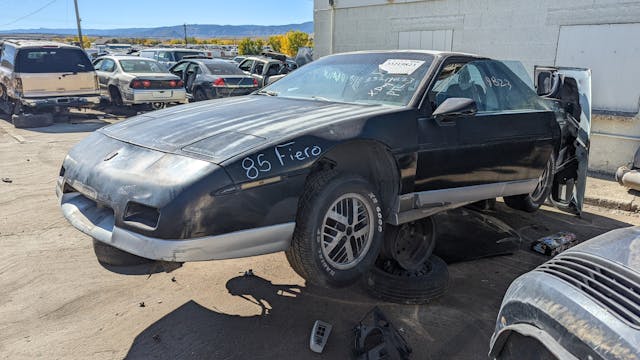

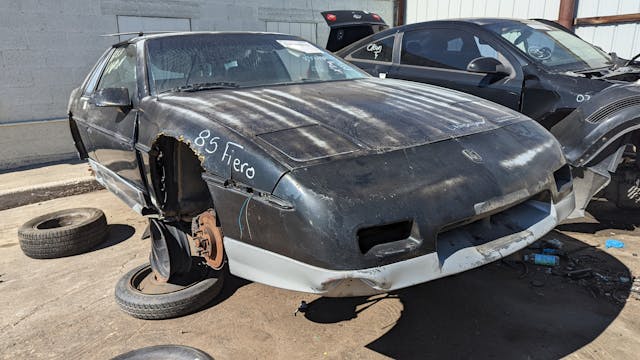
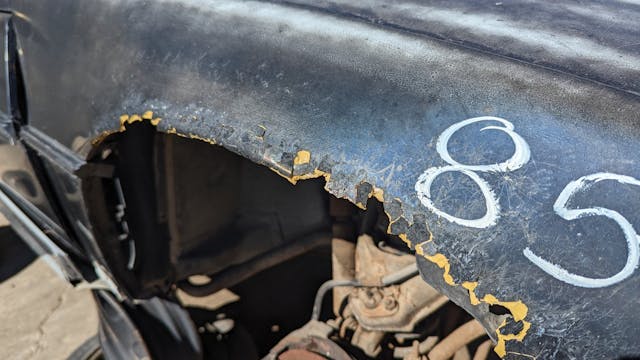


Lots of misleading info here.
The Iron Duke shared nothing with he 301. It was its own engine.
The 2.8 was 140 HP in 1985.
The car even with the V6 was 2500 pounds not bad for a car this size.
Sales were much better than you think The first year they sold 136,840 units. How many 2 seat cars sold that many in one year. Even the last year 26,402 units sold out sold the Corvette.
The truth is Chevy prevented the Fiero from getting Funding and then they killed the car as in 89 it was set to get restyled and a 230 HP DOHC V6. The Corvette was on notice for cancelation which it did suffer in 1992.
The ironic thing was the Corvette C5 people some of which came from the Fiero program did the same thing and hid the Corvette C5 from Gm and complete it. Several of the designers were the same as the Fiero Like Cafaro and Albert.
The reason for the Fiero Death was it was being built in Pontiac plant on Baldwin Ave and it was set to get the GM 80 car that would replace the F body. Well it was canceled as the engineers did not want FWD Camaro of Firebird.
The Truth is the Fiero did its job and really saved Pontiac from Cancelation. It was Pontiac and not Olds on the bubble. The Grand Am sales took off with the increased traffic at the dealers from the Firebird and Fiero. This saved them for a while.
The FIero was never expected to live long by Pontiac. Most 2 seat cars are 5-10 year runs outside the Corvette and Miata.
Also the Fiero space frames can rust so if you are considering really look under the body as the car may look great but all that is holding the rear bumper on the fiberglass real halow and quarters.
Avoid the 88 unless you are just looking for a collector car. They are difficult to get parts for the one year suspension. My 85 has the Herb Adams suspension upgrade and drive much the same as the 88. You can tune them.
Note the original engine intended for the SOHC 1.8. But there was not enough to serve the car available.
The 3.8 Turbo was never considered but GM did test a V8 in one and the Engine compartment fits one just right. GM killed the prototype when they saw it at the Mesa proving ground flying around the track.
So the truth is the Fiero help save Pontiac and in directly save the C5 Corvette with the same tricks and some of the same people.
Pretty funny when you say that about the iron Duke. I was working for Pontiac when they first came out, I was told originally that the bottom and meaning the block down was from the old Chevy two that came out. I think originally and 63? And they just put a different head on it or something. You can make fun of that engine all you want but if you change to A. regularly, they ran forever.
Very well stated. Kudos.
The Fiero was very successful at PMD LA Zone where I worked. It really fit the west coast market, even though the Corporation was not helpful in supporting the car. Money & Chevrolet were always big issues for PMD.
The tech iv was not the iron duke, the iron duke was indeed essentially half of the Pontiac 301 V8, but the tech iv was advanced for it’s time being a 4cyl with 4 overheard camshafts hence the name “tech iv”. But none the less, it was not related to the iron duke anymore than that they’re both 4 cylinder engines that run on gasoline.
the iron duke was essentially 2/3s of the Chevy inline 6, the architecture was originally the base engine for the ’62 Chevy II, that engine got mothballed in the US by mid 60s but later used in SA, it was brought back to the US when GM needed a 4 cyl for the Monza and its clones to replace the Vega 4 which had a permanently sullied reputation
Yes it was loosely based on the older engine much like the Buick V6. But by the time it was brought back it was really worked over and was its own engine.
By the time it was taken out of production it was a very changed engine.
Yet the Valve Covers leaked on all of these and this was in part the oil fire started on a Fiero. Though not as many burned as some claim when they did they were dramatic due to the composite body. Theys always made the news when if it was a Camry no one videoed it.
The Tech 4 was just a renamed Iron Duke to sound “techy”. No DOHC. You’re thinking of the Quad 4.
No Pontiac did offer a DOHC head for this engine. It was intended for IMSA racing. It was never used there but did get used in some sprint cars and some show cars Pontiac built
The Hot Rod Cover car had one. Around 300 hp. They were red heads and said Super Duty on them.
I found one at a Pontiac swap meet but there was not enough to make it run with it. Rare but definitely not the Quad.
Actually the Iron Duke was not related to the 301. The old slant 4 was half a 389 and Pontiac considered to repeat what they did but chose to do a total new engine. The Tech IV was a later updated Iron Duke.
Note along with the Tech IV there also was a Super Duty version that was raced. It even was offered with a DOHC head for a short time. It won the GTU class several years and the GTP Light class in IMSA in the Fiero
Here is a bit of the history.
The Iron Duke engine (also called 151, 2500, Pontiac 2.5, and Tech IV) is a 151 cu in (2.5 L) straight-4 piston engine built by the Pontiac Motor Division of General Motors from 1977 until 1993. Originally developed as Pontiac’s new economy car engine, it was used in a wide variety of vehicles across GM’s lineup in the 1980s as well as supplied to American Motors Corporation (AMC). The engine was engineered for fuel efficiency, smooth operation, and long life, not for performance.[2] Total Duke engine production is estimated to be between 3.8 and 4.2 million units.[3]
Development
At the time of the 1973 oil crisis the only engines Pontiac built were 350 cu in (5.7 L), 400 cu in (6.6 L), and 455 cu in (7.5 L) versions of their V8 engine. Recognizing that future products would need to be smaller and more fuel-efficient, Pontiac engineers were tasked with developing a new engine that would be suitable for these future products.[4] The engineers considered developing smaller displacement versions of the existing V8, a V6 derived from the V8, a V4 derived from the V8, and an inline-four derived from one of the cylinder banks of the V8 (in the same fashion the 1961 Pontiac Tempest’s “Trophy 4” engine), but ultimately decided to create an entirely new four-cylinder engine.
I always liked the Fiero. I knew the V6 wasn’t the greatest motor but it looked good with the red top on it. I’ve seen supercharged 3800 V6’s, Northstar motors, etc. and thought they were pretty darn cool swaps.
LS engine is the one to do. Lots of reliable power and low weight. It is less weight than the 3800sc. The fit is great.
The only transverse LS V8 is the LS4,and choosing it means your stuck with the automatic.
From the donor car you are, but otherwise no: https://en.wikipedia.org/wiki/GM_F40_transmission
Granted this transmission is maxed out by the torque of a stock LS4, but a stick is a stick.
https://ls1tech.com/forums/conversions-swaps/1588653-88-fiero-formula-ls4-f40-6-speed-swap.html
There are a lot of these bone yard queens that should probably stay there, but this one needs to be rescued. My stable is full… any takers?
To fix this one would cost more than you could buy an original unrestored low mile one.
While this one looks complete much is missing or damaged.
A banged up 84 was my first car in 1990. I thought of it as an “old car” but liked it very much, except for the auto trans. My next Fiero, a 85 manual still with thebiron duke was fantastic…and built-on-a-Wednesday reliable…and i miss it .
Bought one of the first Fiero and owned it for 30 years. One word “rust”. Donated to Salvation Army. Very sad.
I had a red 84 with an automatic and grey cloth interior (probably the most common color combination). It wasn’t terribly quick, but it felt nimble. Great, roomy interior and plenty of outward visibility. It was a nice car, but I would swap in a potent engine if I ever decided to park something more modest next to my C8 Corvette.
I owned a 1988 Fiero Formula with a manual trans in the early ’90’s and had a blast with it! Always called it the “poor man’s Ferrari!
You can still buy a GM 3.0 iron duke engine. They are used in marine and industrial applications. They use the same water pump as an old Chevy 6
I’ve played with a few marine ‘Iron Dukes’ and I am fairly confident that they are not, and are not related to, the automotive ‘Iron Duke’. I could be wrong though.
You are correct they are not the same they were more in line Chevy than the Pontiac model.
My favorite Fiero memory.
I’m home for the holidays, driving my parents’ Fiero. This is a special car for us, incidentally, as my father worked at the Fiero plant. I pull into a gas station, walked around the vehicle about three times and gave up. The manual was elsewhere. I had to call the house, which meant landlines, pay phones, and the recipient of the call having to be at their house.
“Mom, how the hell do you put gas in this thing?”
The fuel door latch is nestled in a very unlikely place next to the headrest. If I had even seen this lever before calling home, it would not have occurred to me that it’s functional is to open the fuel door.
As low performance as they were, especially in the early years, it kind of didn’t matter for three reasons.
1 being a low to the ground two seater meant that it always felt like you were going 20 or 30 mi an hour faster than you were, which was fun.
2 The weight of the car helped offset, slightly, the anemic engine performance.
3 both new and used, the value proposition was hard to beat at the time. For several of my friends, this was their first used car in high school, precisely because good condition versions were still extremely competitively priced.
My Dad worked at Plant 51 where they made the Tech 4. It was by far the cheapest engine GM made, and very reliable. In the mid 80’s, there were lots of folks running around with Super Duty 4 cylinders in Fieros. I remember watching one leave a parking lot on M-59 where we were hanging out and squeak the tires in all 4 gears. They were seriously quick. Close to 300 HP naturally aspirated, from what I remember.
Yes 300 hp is around the number they saw.
The main issues on the engine were bad rods in 84 from Oliver. That was fixed. The blocks also had a short run issue in 84.
The greatest problem was the Fieros had a 3 quart pan 1 qt filter and the valve cover leaked on all these. In the other cars they held 5 qt.
The leak did not hurt as much on the higher capacity oil cars and they also had air coming in the grill. This kept engender compartment temps down. On the Fiero they would climb in traffic.
It just was not the tight engine for this car.
I think that Fiero is right where it should be. RIP.
I don’t know anything about the “Iron Duke” and all those engines from GM. All I know is I used to smoke Fieros (yes, even the GT’s and the Formula’s) in my Supercharged MR2,,which I still have to this day. No rust and she’s in mint condition.
I bought a 85 new with the 4 cyl 5 sp. It got a bonafied 50 MPG on the highway. I should have kept it with todays gas prices!